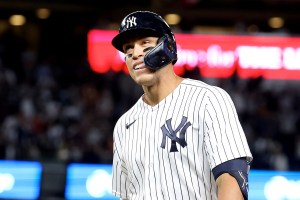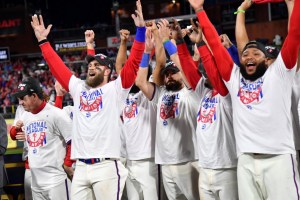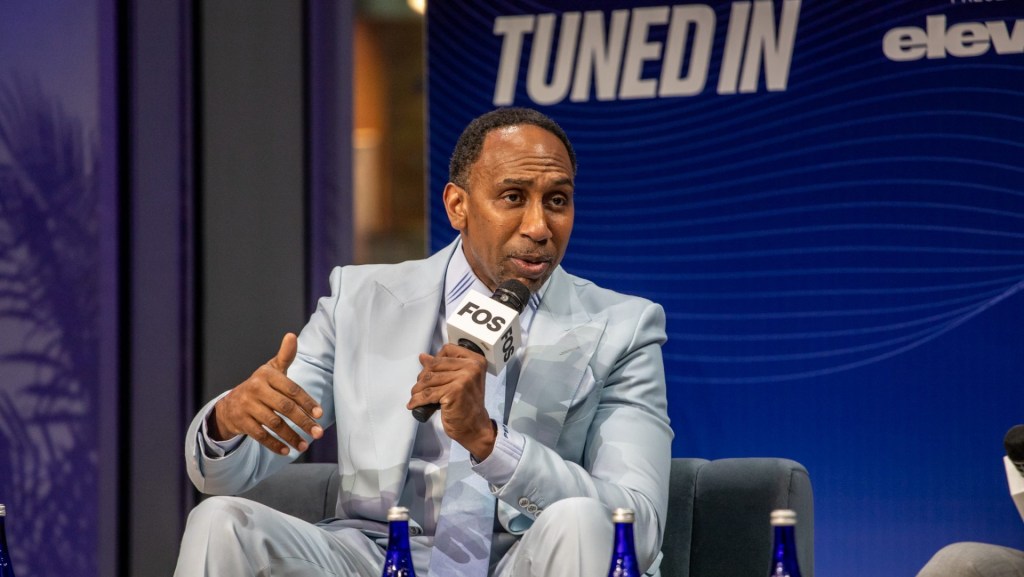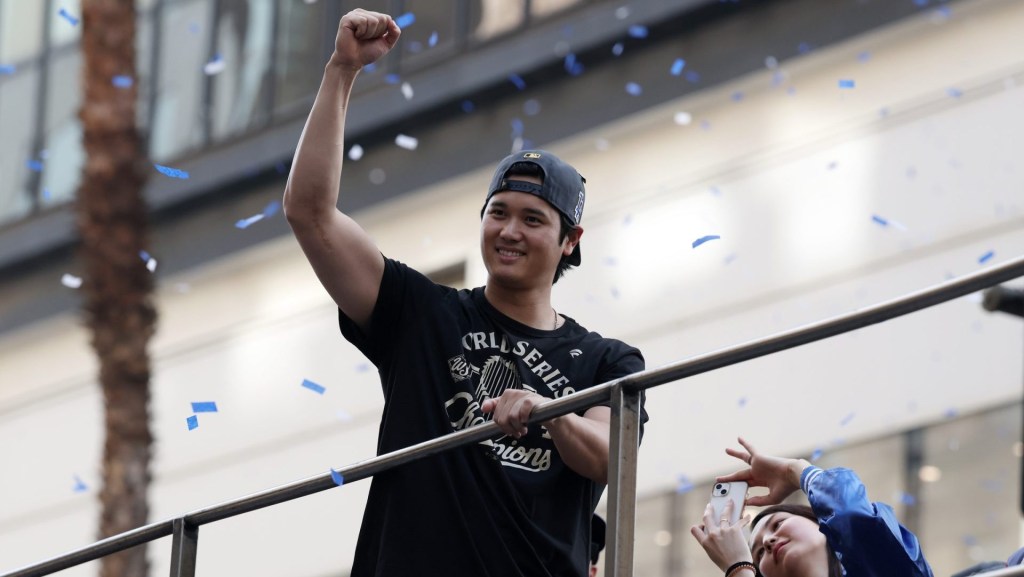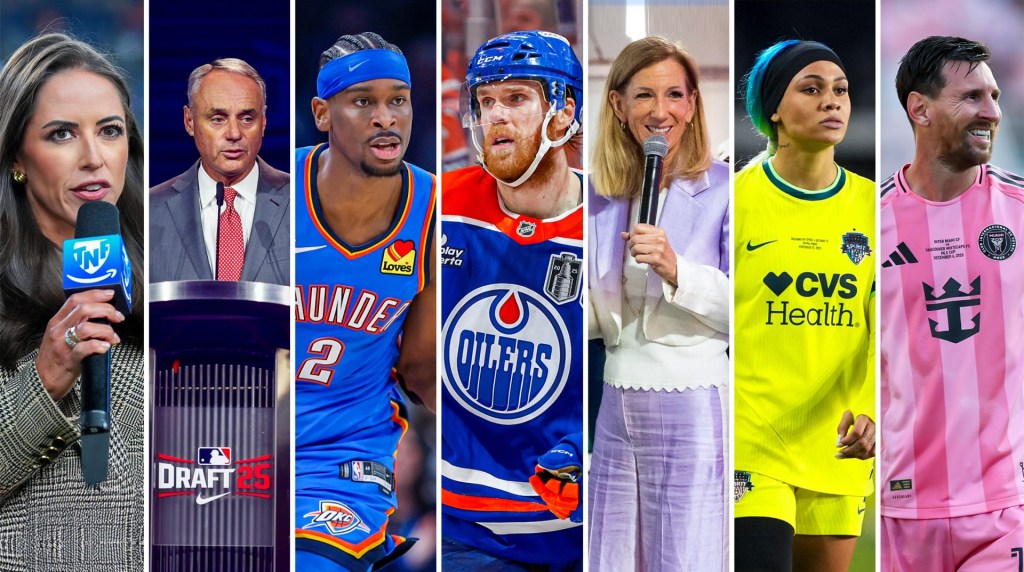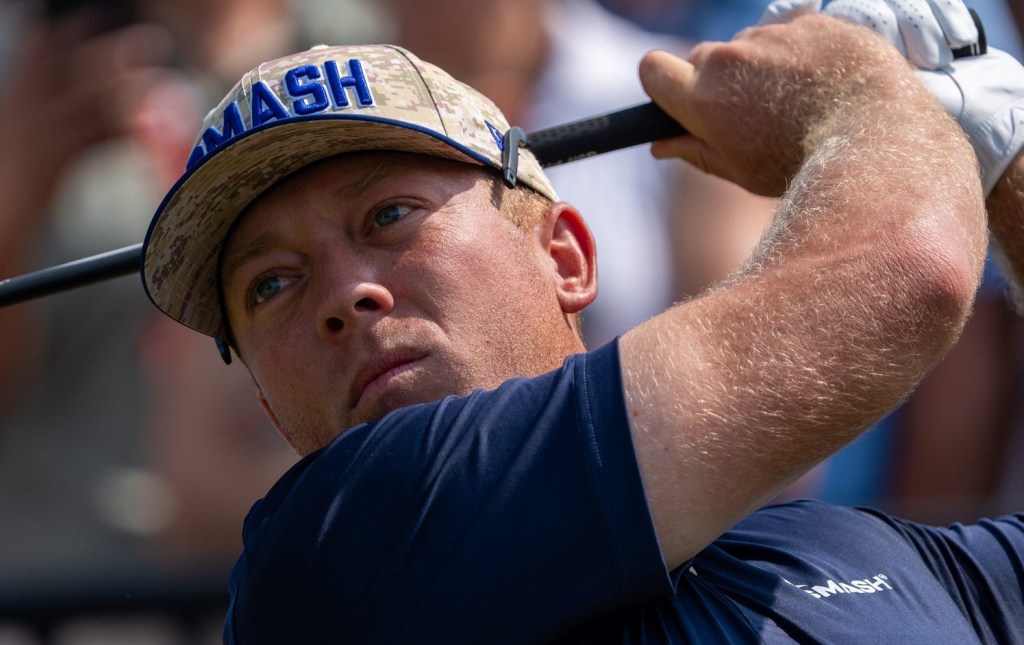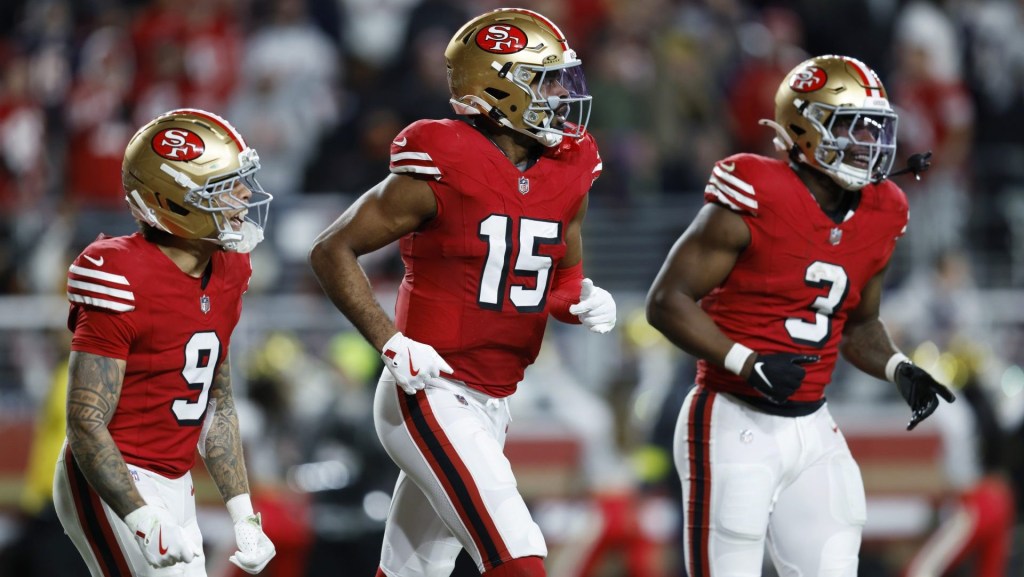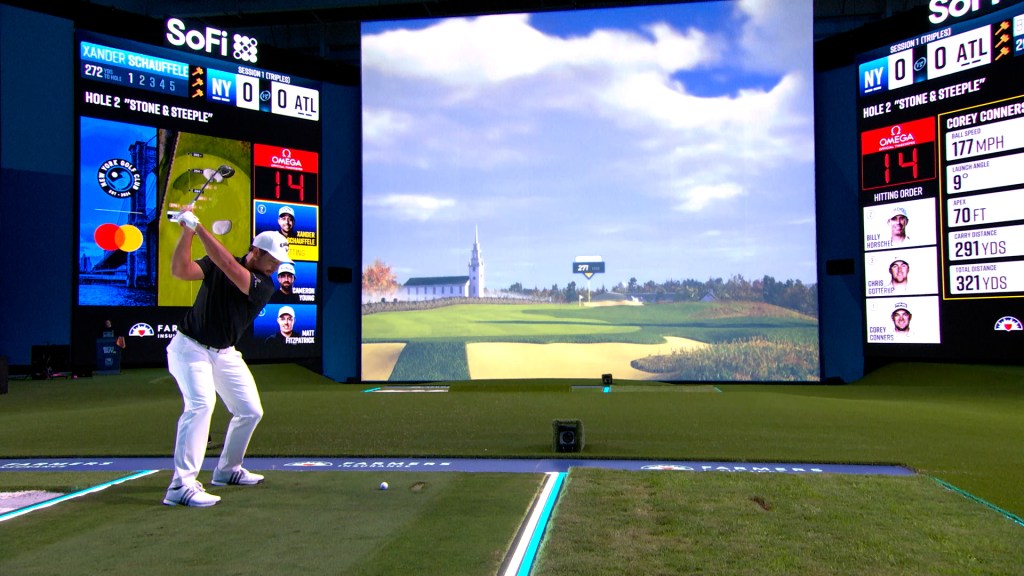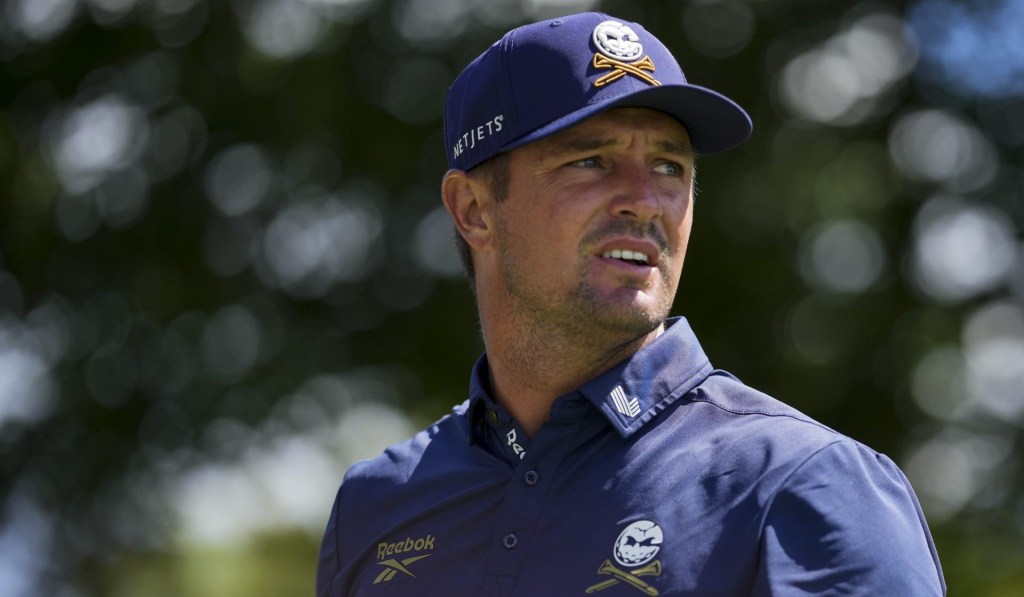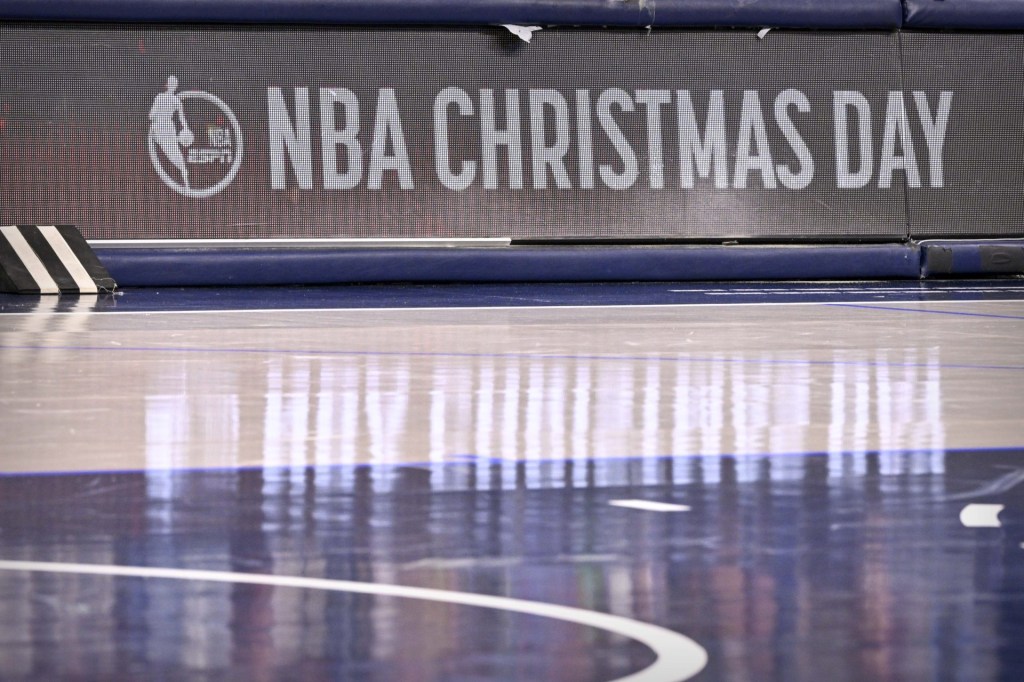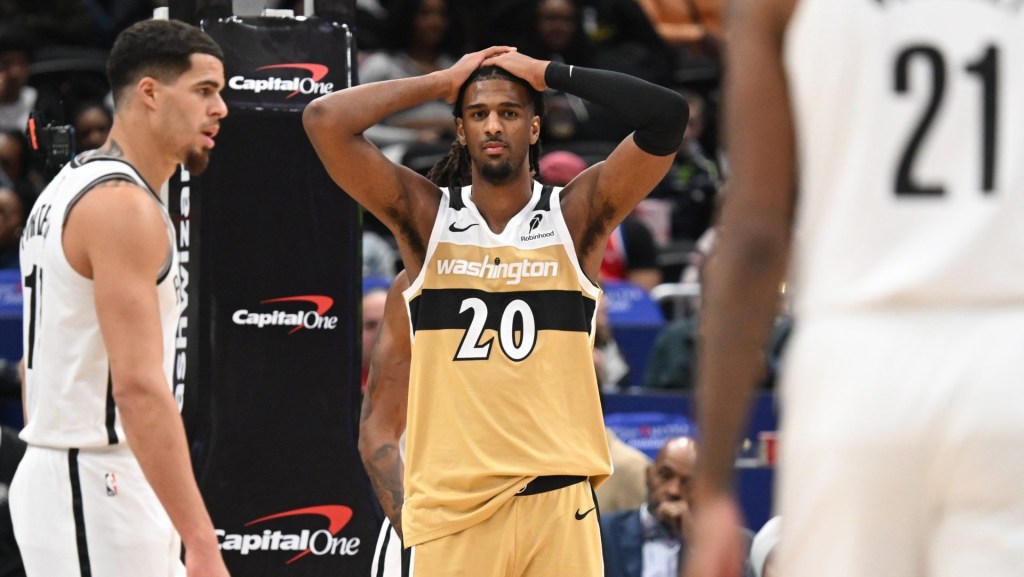We now know why Major League Baseball’s team owners fought so hard for spending limits in the last labor negotiations: They were trying to save themselves from themselves.
The collective bargaining agreement between players and owners signed prior to the 2022 season (after a 99-day lockout) made major changes to player compensation — including how high teams can go before having to pay into MLB’s revenue-sharing pool.
While many teams are sticking to a cautious spending approach, others, including both New York clubs, are ready to spend like never before, and teams have already shelled out a combined $2.3 billion this offseason.
The Yankees won the offseason’s biggest sweepstakes by retaining superstar outfielder Aaron Judge on a nine-year, $360 million deal, the largest average annual value ($40M) for a position player in history.
Factoring in Judge’s hefty salary and estimated arbitration payments, the Bronx Bombers are on the hook for just over $250 million in 2023.
Not to be outdone, one borough to the east, the Mets are showing why the top luxury tax threshold in the new collective bargaining agreement is often referred to as the “Steve Cohen tax” after their owner.
- Cohen showed his willingness to exceed that threshold with Thursday’s signings of Brandon Nimmo for $162 million over eight years and David Robertson for $10 million for one.
- General manager Billy Eppler struck again with reports Saturday evening that Japanese ace Kodai Senga had agreed to a five-year, $75 million deal, pending a physical.
That boosted the Mets’ estimated payroll to a stunning $349.6 million, and that’s just the base amount.
The new CBA doesn’t cap payrolls, but it does ratchet up penalties for rampant spending.
- Teams have to pay a 20% charge on team salaries between $230-250M, or 30% for teams topping that amount at least two years in a row.
- The cost rises to 32% for payrolls between $250-$270M, 42% for repeat offenders.
- Teams paying out $270M to $290M, as the Los Angeles Dodgers did in 2022, pay 62.5% on that range or 65% in the second year.
- Lastly, the Cohen tax, which so far has only been paid by its namesake owner, charges teams 80% for any payroll costs above $290M, and 90% if the team did so the previous year.
With the team’s recent spending spree costing them close to double what they’re paying in salary, the Mets will be on the hook for an estimated $430.6 million. But Cohen, for one, doesn’t seem to mind.
Not Just New York
Cohen isn’t the only owner throwing around whatever financial weight it takes to get the players he wants.
The second-largest contract given out this offseason belongs to SS Trea Turner, who received a massive 11-year, $300 million pact from the Philadelphia Phillies. They also locked up SP Taijuan Walker on a four-year, $72 million deal.
As such, the Phils and president of baseball operations Dave Dombrowski are picking up right where they left off after making it to the 2022 World Series on the back of a pricey, talented roster: Philadelphia had the fourth-highest payroll in MLB last season at $255 million.
But if some reports are to be believed, Turner could have become the highest-paid shortstop of all time.
The 29-year-old was reportedly offered a staggering $342 million from the San Diego Padres, per Jon Heyman. That would have surpassed the shortstop-record $341 million extension Francisco Lindor signed with the Mets in 2021.
The Padres have begun to make a habit of handing out exorbitant salaries.
On Thursday, they gave shortstop Xander Bogaerts a monster 11-year, $280 million contract — somehow only the third-largest deal on the team after Manny Machado’s 10-year, $300 million deal and Fernando Tatis Jr.’s 14-year, $340 million pact.
And then there are the Texas Rangers.
After making a huge splash last offseason by signing Corey Seager (10YR/$325M) and Marcus Semien (7YR/$175M), they made possibly an even bigger one this year by grabbing ace pitcher Jacob deGrom on a five-year, $185 million deal.
Along with Justin Verlander’s enormous two-year, $86.7 million deal with the Mets (with a $35 million vesting option for a third year), the deGrom deal follows a trend of veteran elite starting pitchers getting huge average annual salaries.
- Max Scherzer: $43.3M (signed in 2021)
- Verlander: $43.3M
- DeGrom: $37M
- Gerrit Cole: $36M (signed in 2019)
There has never been a better time to be among the best in the world at throwing a baseball 60 feet and six inches.
Playing Moneyball
There are also small-market clubs and past big spenders that are trying to be strategic with their cash.
The Tampa Bay Rays — long known for getting the most bang for their buck of any team in the majors — signed SP Zach Eflin to a three-year, $40 million deal. That may not seem like much comparatively, but it’s good for the biggest deal they’ve ever given to a free agent and the second-largest contract currently on the team.
The largest belongs to superstar SS Wander Franco, who inked an 11-year extension in November 2021 worth $182 million guaranteed and up to $223 million — the largest contract in Rays history and largest ever for an MLB player with less than one year of service time.
Predictably, that was one of the only moves made by a traditional small-market club — but several traditional big-name teams are laying off on marquee deals, too.
- The Los Angeles Angels have thus far made minor additions around superstars Mike Trout and Shohei Ohtani without swinging for any big names.
- The Atlanta Braves may let shortstop Dansby Swanson walk and opt to replace him in-house after winning the National League East last year.
- The Chicago White Sox seem to be paring back after a talented roster disappointed in 2022.
And after going on a spending spree that saw them commit $623.5 million since 2020, the Los Angeles Dodgers have largely laid off, only re-signing SP Clayton Kershaw to a one-year, $20 million deal.
Meanwhile, the Boston Red Sox gave closer Kenley Jansen a two-year, $32 million deal and outfielder Masataka Yoshida a reported five-year, $90 million pact — but still caught grief from their fanbase for not retaining Xander Bogaerts.
Yoshida is just the latest Japanese transplant to come over to MLB via the posting system — a set of bylaws created to ensure Nippon Professional Baseball teams are not shortchanged when players jump to MLB and that players have a say in where they land.
The most famous recent example is Ohtani, who attracted the standard $20 million posting fee for leaving NPB but has earned just $12.3 million across five seasons because he came over to the United States before he was eligible for free agency.
He’ll more than double that this season after the Angels gave him a one-year, $30 million deal to avoid arbitration — in which a player’s salary for the year is determined by an arbiter after each side submits a figure.
Who’s Next?
Even with Judge, Turner, deGrom, Verlander, Bogaerts, Nimmo, Senga and many others off the board, this free-agent class will likely garner a few more nine-figure contracts before it’s done.
- Carlos Correa, who made the unexpected decision last year to take a three-year, $105.3 million deal with the Minnesota Twins with an opt-out after the first season, is expected to find a deal in the same range as Turner’s $300 million pact.
- Breakout ace Carlos Rodon is reportedly seeking a seven-year pact worth over $100 million.
- Swanson may only get the fourth-highest deal among shortstops but is expected to pass that mark as well.
They will be boosted by a market that has seen nearly every notable free agent signed so far score a deal that beat expert predictions at Fangraphs and MLB Trade Rumors, as well as Fangraphs’ crowdsourced estimates. The market has recalibrated, and players are cashing in.
The trend is unlikely to see a respite anytime soon. Next year’s free-agent class could include two superstar third basemen if the Red Sox don’t extend Rafael Devers and Manny Machado exercises an opt-out in his Padres contract.
However, they’ll just be the warm-up act if Ohtani is able to replicate the last two seasons, in which he was both one of the game’s top hitters and pitchers.
As a uniquely valuable player on the open market, there’s a solid chance he tops teammate Mike Trout’s $426.5 million extension — and even Kansas City Chiefs quarterback Patrick Mahomes’ $450 million deal — for the most valuable contract in U.S. sports history.
While the rest of the U.S. economy faces an uncertain future, the market for MLB talent has proven to be robust, and many owners have no qualms about spending what it takes to win.

